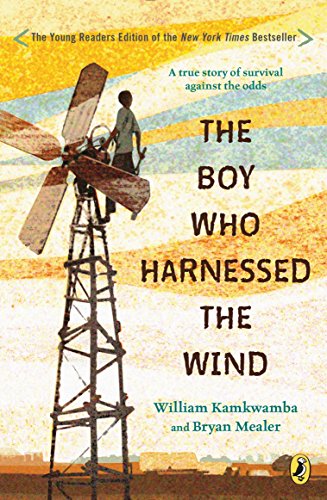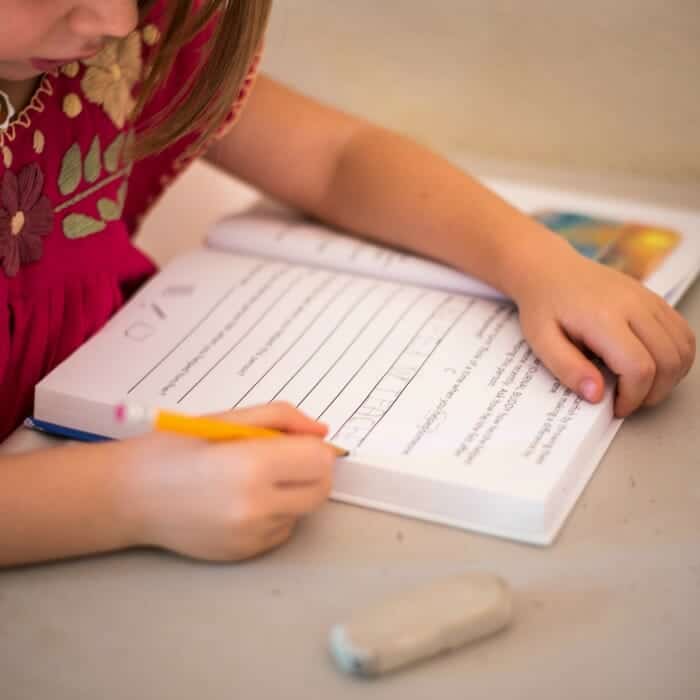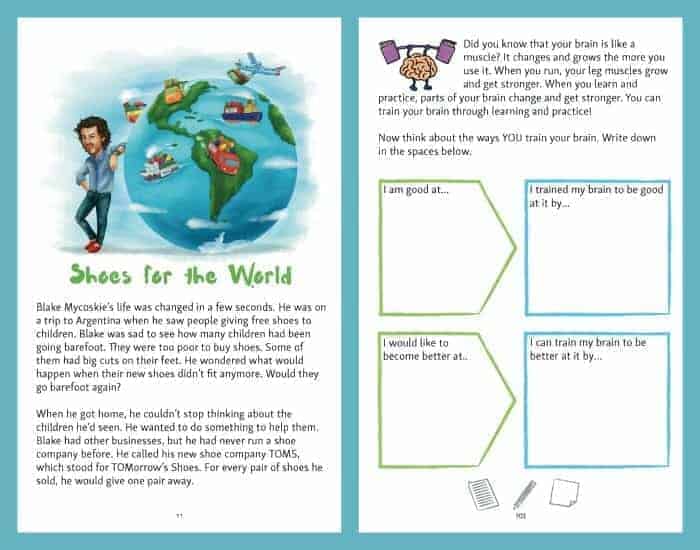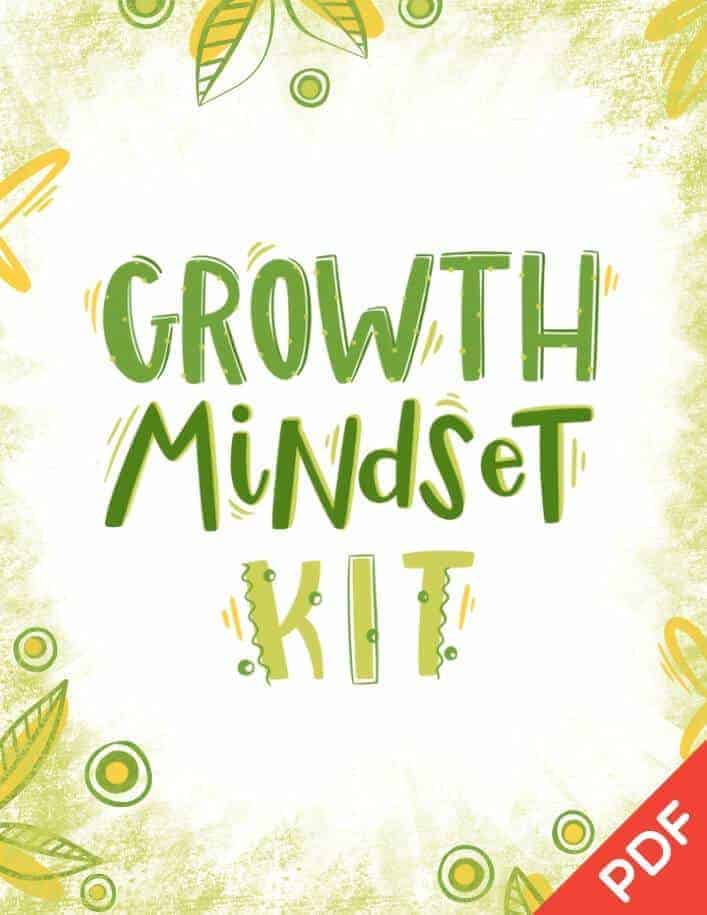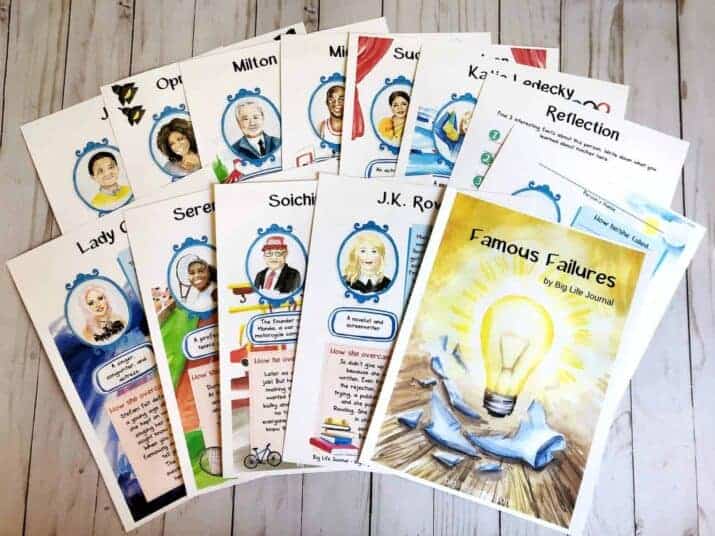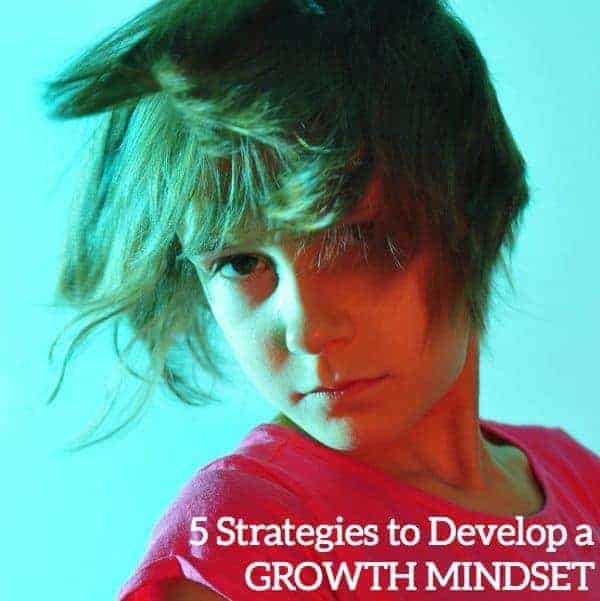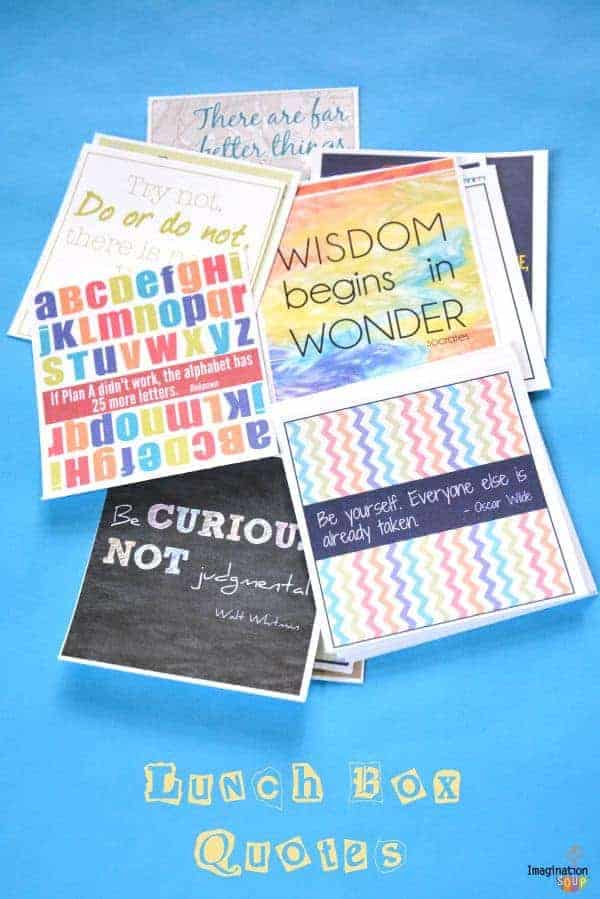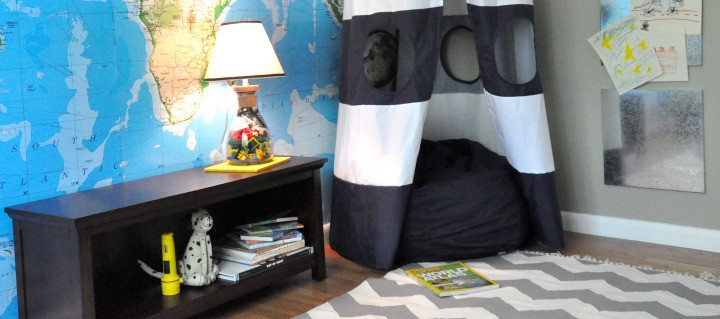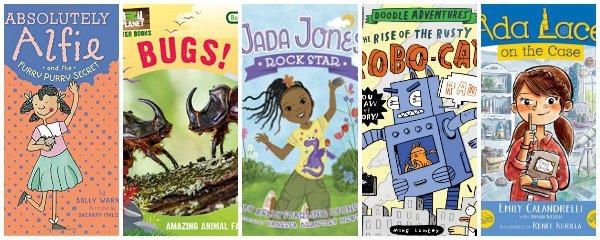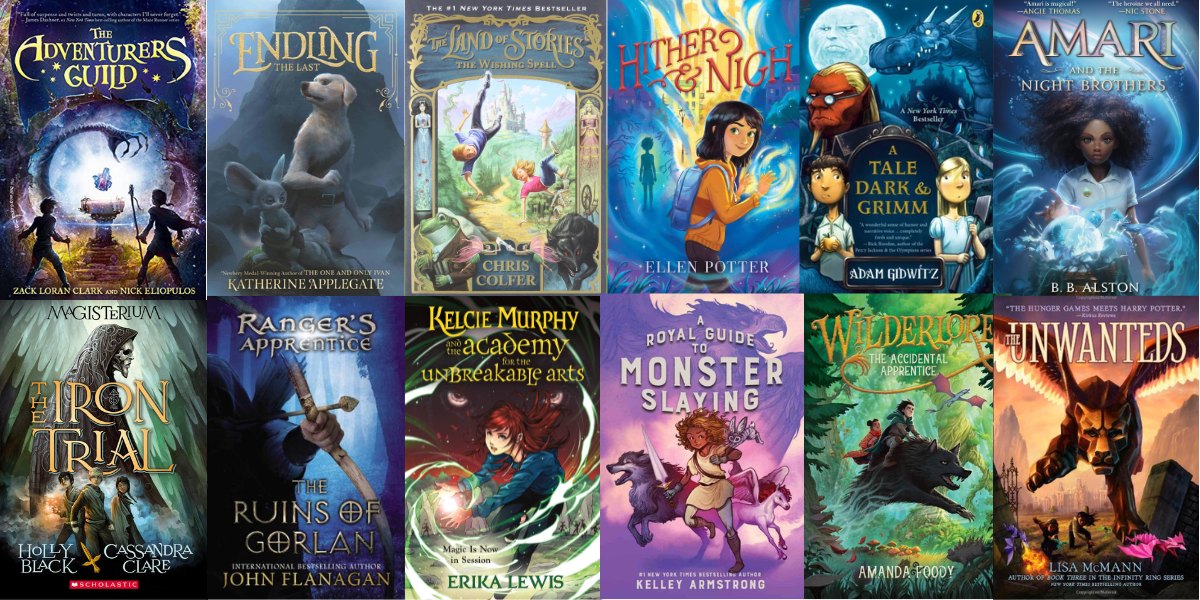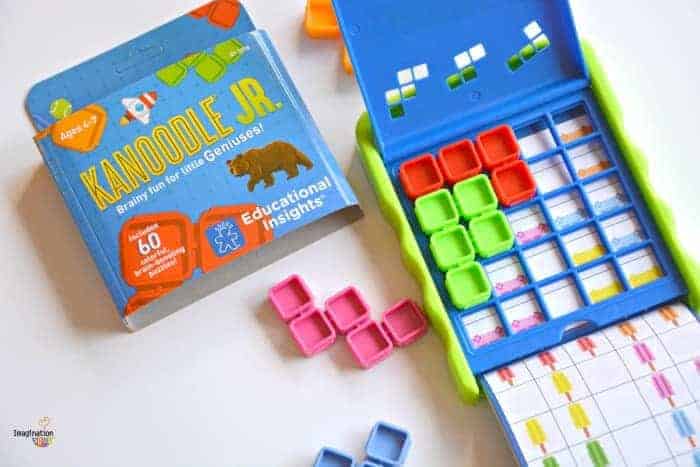3 Easy Strategies to Help Kids Adopt a Growth Mindset
This post may contain affiliate links.
Looking for strategies to help your kids adopt a growth mindset? Let’s talk about specific strategies that can direct you and your children towards that end. The big point of growth mindset is that it can help kids persist, fail and try again, and reconsider what being successful means.
Strategies to Help Kids Adopt a Growth Mindset
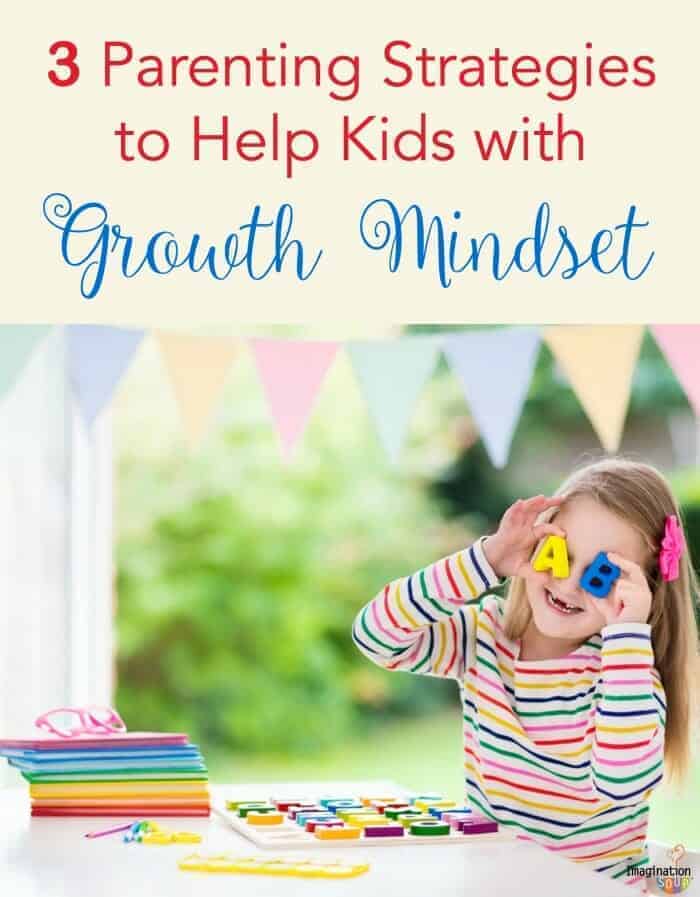
Read Biographies About People with Growth Mindset
Stories help kids (and adults) understand growth mindset in practical ways. What other people did, how they thought, their trials along the way, and successes from failure stick with us. We’ll always remember Malala’s story of getting shot in the face but how she still went on to do big things to change the world anyway.
So read these biographies with your kids. Help them get inspired. These 12 books work for kids ages 6 to 18 — 6 picture books and 6 YA books. (Find more growth mindset book ideas on this post.)
Brave Girl: Clara and the Shirtwaist Makers’ Strike of 1909 Harvesting Hope: The Story of Cesar Chavez
Harvesting Hope: The Story of Cesar Chavez Nelson Mandela
Nelson Mandela The Kid from Diamond Street: The Extraordinary Story of Baseball Legend Edith Houghton
The Kid from Diamond Street: The Extraordinary Story of Baseball Legend Edith Houghton Wilma Unlimited: How Wilma Rudolph Became the World’s Fastest Woman
Wilma Unlimited: How Wilma Rudolph Became the World’s Fastest Woman The Boy Who Harnessed the Wind, Young Reader’s Edition
The Boy Who Harnessed the Wind, Young Reader’s Edition Unbroken (The Young Adult Adaptation): An Olympian’s Journey from Airman to Castaway to Captive
Unbroken (The Young Adult Adaptation): An Olympian’s Journey from Airman to Castaway to Captive A Long Walk to Water: Based on a True Story
A Long Walk to Water: Based on a True Story Taking Flight: From War Orphan to Star Ballerina
Taking Flight: From War Orphan to Star Ballerina I Am Malala: How One Girl Stood Up for Education and Changed the World (Young Readers Edition)
I Am Malala: How One Girl Stood Up for Education and Changed the World (Young Readers Edition) The Boys in the Boat (Young Readers Adaptation): The True Story of an American Team’s Epic Journey to Win Gold at the 1936 Olympics
The Boys in the Boat (Young Readers Adaptation): The True Story of an American Team’s Epic Journey to Win Gold at the 1936 Olympics Life in Motion: An Unlikely Ballerina Young Readers Edition
Life in Motion: An Unlikely Ballerina Young Readers Edition
Read and Write in a Big Life Journal
NEW on the book market comes The Big Life Journal — a fabulous guided journal for children ages 7 and up to help develop a growth mindset, among other life skills.
The journal is set up in weekly sections to do with a “buddy” like a parent or sibling. You’ll meet weekly with your buddy to read, write, and talk about the week’s section.
First, kids are asked thought-provoking questions to discuss with your buddy. For example, “Ask your JOURNAL BUDDY to tell you about something new he / she tried recently.”
The benefit of a buddy is you get to know what strategies and themes your child is working on. Not to mention that you can help model this when you talk out loud about your own thinking processes and strategies. Because, we can teach them all we want but if we don’t walk our talk, our kids won’t either.
Next, kids get to write in response to a related prompt. “Can you think of something new you tried this week?”
And you have space to draw your answer.
I LOVE that each week has an inspiring quote and often a poem. “A problem is a chance for you to do your best.” – Duke Ellington
Next, depending on the week, kids might read a short biography or respond to continued thoughtful writing prompts to develop self-awareness and reflection.
Look at these page examples:
The week’s activities end with a “Just for fun” section.
Don’t you think kids will like that the book’s illustrations are in full color?
The guided lessons cover the following themes:
Make a Difference in the World
Dream Big
Follow Your Heart
You Are Not What You Have
Believe in Yourself
Take Action
Be Persistent
Effort is Key
Love Learning
Be Mindful
Be Grateful
Failure is Learning
Be Positive
Use the printables alongside the journal for your classroom or homeschool.
Monitor Your Language — Use Growth Mindset Language
Remember how I mentioned that this shift in perspective needs to be modeled by us, the adults? It’s totally true. Reframe your fixed mindset into a broader perspective out loud so your kids can hear you. I first learned this from the Love and Logic books. Most things we want to teach our children are actually “caught not taught”.
Since we are the role models, we can start by understanding reframing. It is simple enough concept, just hard to do without practice. (Like anything!) Instead of saying, “Taking the dog for a walk is really messing up my work schedule“, I can reframe and see the dog walk in a different light… “I’m so glad the sky is blue and it’s a warm day when I take the dog for a walk today.” Same situation, different focus.
In addition to reframing, it’s helpful if you have touch-stone self-talk and parenting language phrases to use with ourselves and our kids to promote a more positive, growth mindset. Try these:
Growth Mindset Self Talk
- I try things that are hard.
- People’s brains grow and change. Mine included.
- I solve problems.
- Maybe I need to change my strategy.
- It’s okay to make mistakes.
- I learn from my mistakes.
- I’m a hard worker.
- I can do hard things.
Growth Mindset Talk to Kids
(Remember to be specific when you notice the behavior and effort.)
- I notice you are working hard on that project.
- Your mistake can help you learn something. What do you think that is?
- I like the strategy you are using to problem solve.
- Practice makes better. I’m proud of you for all that practicing!
- I see that you have a goal and also a plan of attack to achieve it.
- You can do hard things. (This is our Taylor mantra!)
- You might not be able to do it YET. That doesn’t mean you won’t be able to one day.
How Else Can You Help Your Kids with Growth Mindset?
Read more about growth mindset with these helpful books.
Mindset: The New Psychology of Success The Growth Mindset Coach: A Teacher’s Month-by-Month Handbook for Empowering Students to Achieve
The Growth Mindset Coach: A Teacher’s Month-by-Month Handbook for Empowering Students to Achieve I Can’t Do That, YET: Growth Mindset
I Can’t Do That, YET: Growth MindsetMindsets in the Classroom: Building a Growth Mindset Learning Community
 A Mindset for Learning: Teaching the Traits of Joyful, Independent Growth
A Mindset for Learning: Teaching the Traits of Joyful, Independent Growth
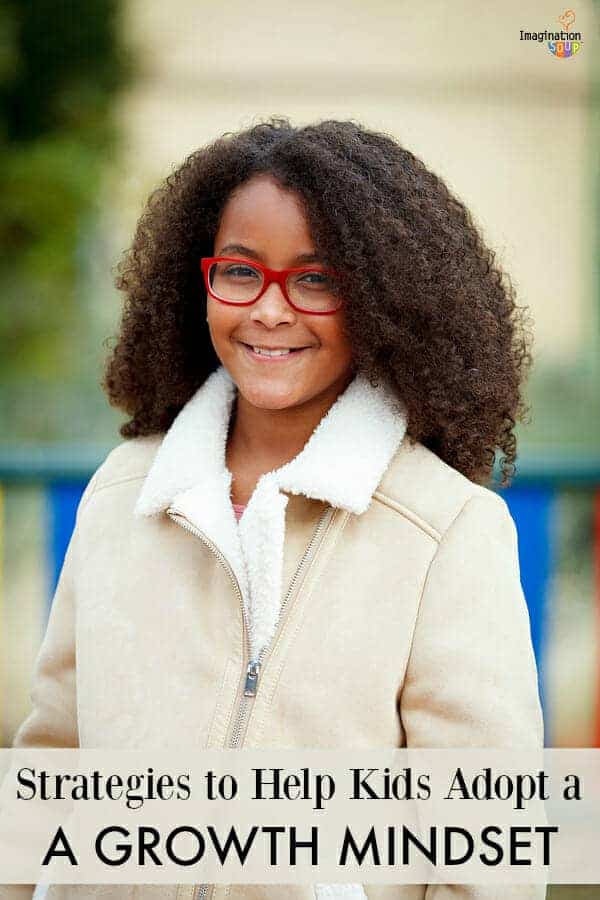
You Might Also Like:






